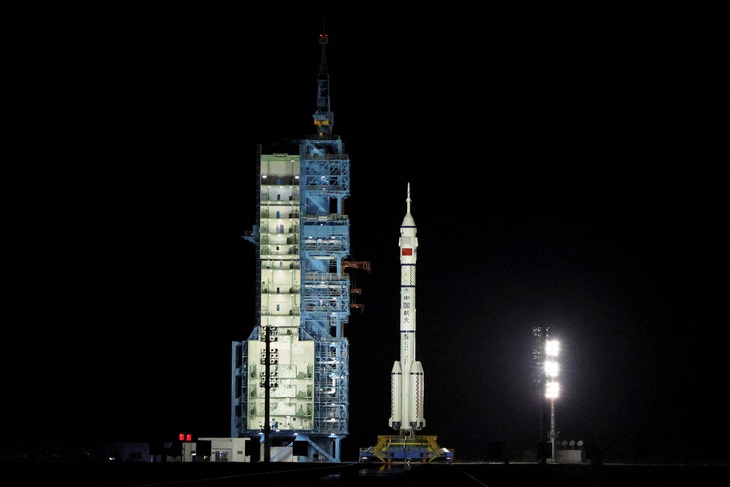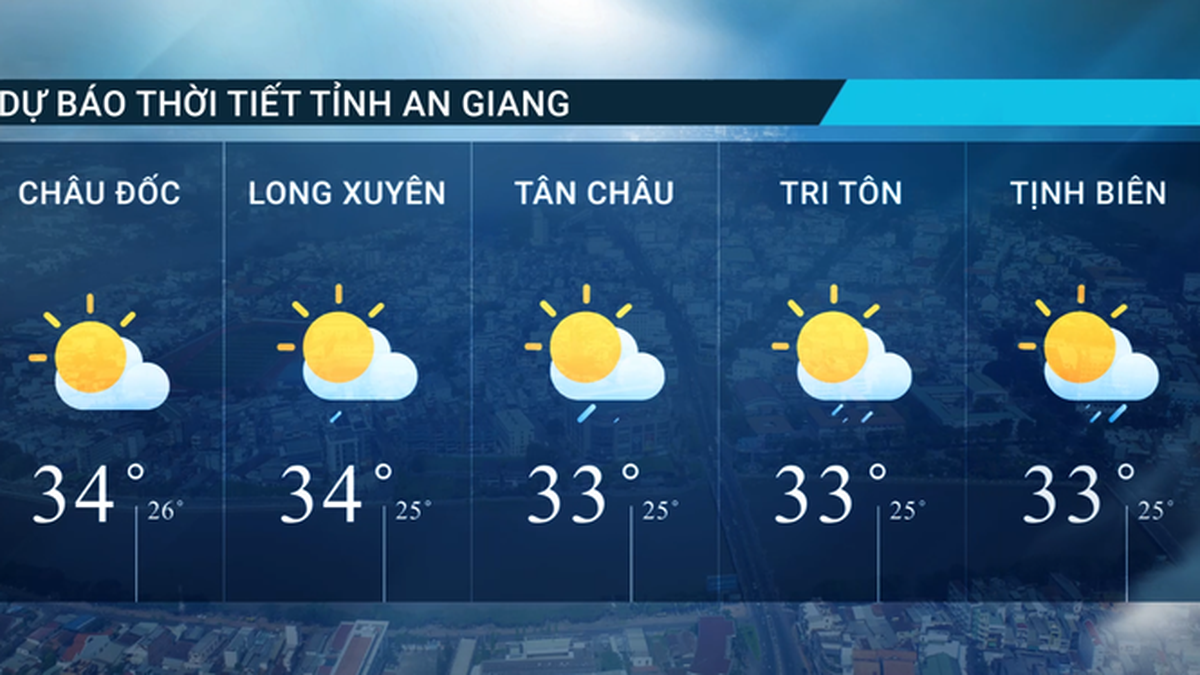
The Long March-2F rocket carrying the Shenzhou-19 spacecraft will fly into space on October 30, 2024 - Photo: REUTERS
On April 30, China Central Television (CCTV) reported that the Shenzhou-19 spacecraft landed in northern China, ending its six-month mission on the Tiangong space station.
The landing was delayed a day due to adverse weather conditions at the landing site.
The Shenzhou-19 crew consists of three members, including two male astronauts (one 48 years old and one 34 years old), and one female astronaut (35 years old), all from the Chinese air force.
The journey with Shenzhou-19 was also the first space flight of two young astronauts.
During its stay on the Tiangong station since October 2024, the Shenzhou-19 crew has conducted many scientific experiments, including research on extraterrestrial living environments.
In addition, experts predict that the crew tested bricks made from a special type of soil, simulating the soil on the Moon, in space conditions.
If the experiment is successful, the bricks could become the main material for building a permanent research station on the Moon. Beijing had previously hoped to complete a permanent research station on the Moon by 2035.
Before Shenzhou-19 returned to Earth, on April 24, the Shenzhou-20 spacecraft took three other astronauts to the Tiangong space station to perform a mission.
During each Shenzhou mission, the spacecraft of the same name will carry a three-person crew into space and stay there for six months of research. The arrival and departure times of the crews are staggered to ensure that the task handover process is carried out directly in orbit.
According to Reuters, the Shenzhou spacecraft is an important part of China's manned space program, and Shenzhou missions have been maintained regularly over the past two decades.
The frequency of China's space flights will increase significantly after the country completes construction of the Tiangong space station in November 2022.
In addition to the goal of maintaining a long-term presence in orbit, Beijing also has ambitions to put humans on the Moon by 2030.
However, China's rapidly growing manned and unmanned space programs have raised concerns in the US, especially as Washington has encountered some problems with recent manned space missions.
Source: https://tuoitre.vn/tau-than-chau-19-cua-trung-quoc-da-ha-canh-thanh-cong-sau-su-menh-keo-dai-sau-thang-20250430154201263.htm


































































































Comment (0)